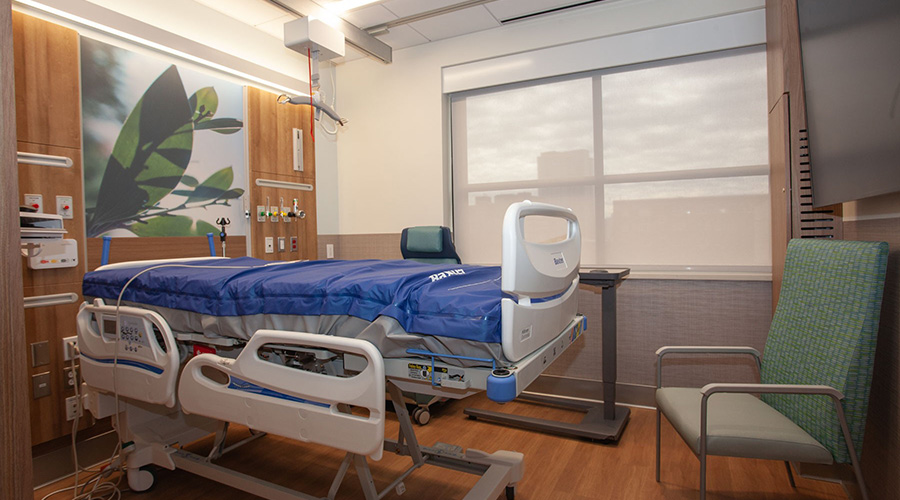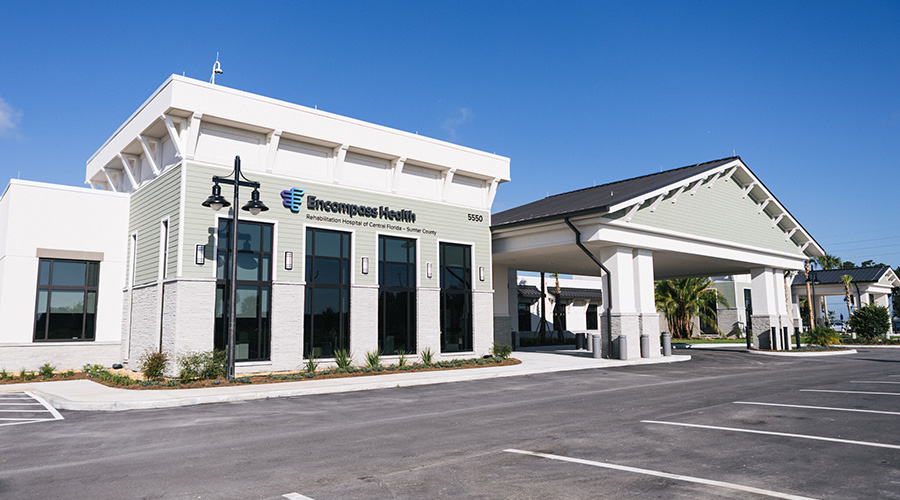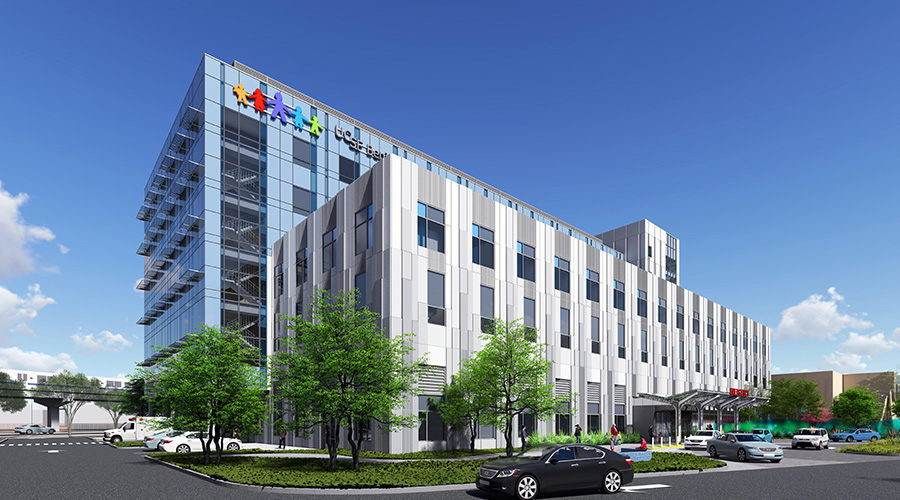Design features of a healthcare facility can affect the transmission and acquisition of healthcare-associated infections, according to a report contracted by the Agency for Healthcare Research and Quality.
The report, "Understanding the Role of Health Care Facility Design in the Acquisition and Prevention of HAIs," was prepared by the Georgia Institute of Technology and Emory University School of Medicine in Atlanta and presents a review of the literature on facility design's impact on infection control and prevention and summarizes interviews with healthcare design and infection control stakeholders, according to an article on the Becker's Clinical Quality and Infection Control website
Contact, air, water, and spatial separation cited as key factors in study
The report offered four conclusions:
1. Poor design and suboptimal maintenance of the built environment can increase the risk of transmission of pathogens and can lead to outbreaks.
2. Even with contemporary design and maintenance, the built environment contributes to some transmission events within hospitals.
3. Novel and best-practice technologies, materials and design strategies may directly decrease the risk of transmission of pathogens by decreasing the burden of microorganisms in the environment.
4. Optimal design may indirectly decrease the development of HAIs by influencing human behaviors to decrease person-to-person transmission.
Read the article.

 Streamlined Integrated Project Delivery Tackles Design Challenges
Streamlined Integrated Project Delivery Tackles Design Challenges Encompass Health Rehabilitation Hospital of Central Florida - Sumter County Opens
Encompass Health Rehabilitation Hospital of Central Florida - Sumter County Opens Rudolph and Sletten Awarded $960M for New UCSF Benioff Children's Hospital
Rudolph and Sletten Awarded $960M for New UCSF Benioff Children's Hospital How Designers Create Welcoming Senior Care Communities
How Designers Create Welcoming Senior Care Communities Data-Driven Decisions: How Analytics Are Shaping Healthcare Facility Planning
Data-Driven Decisions: How Analytics Are Shaping Healthcare Facility Planning